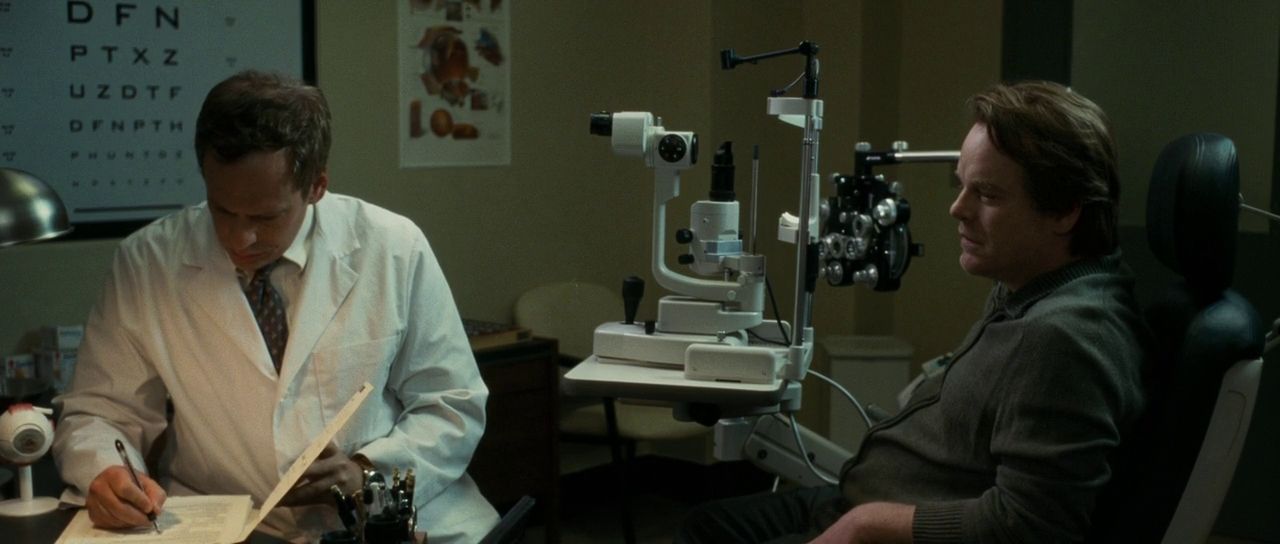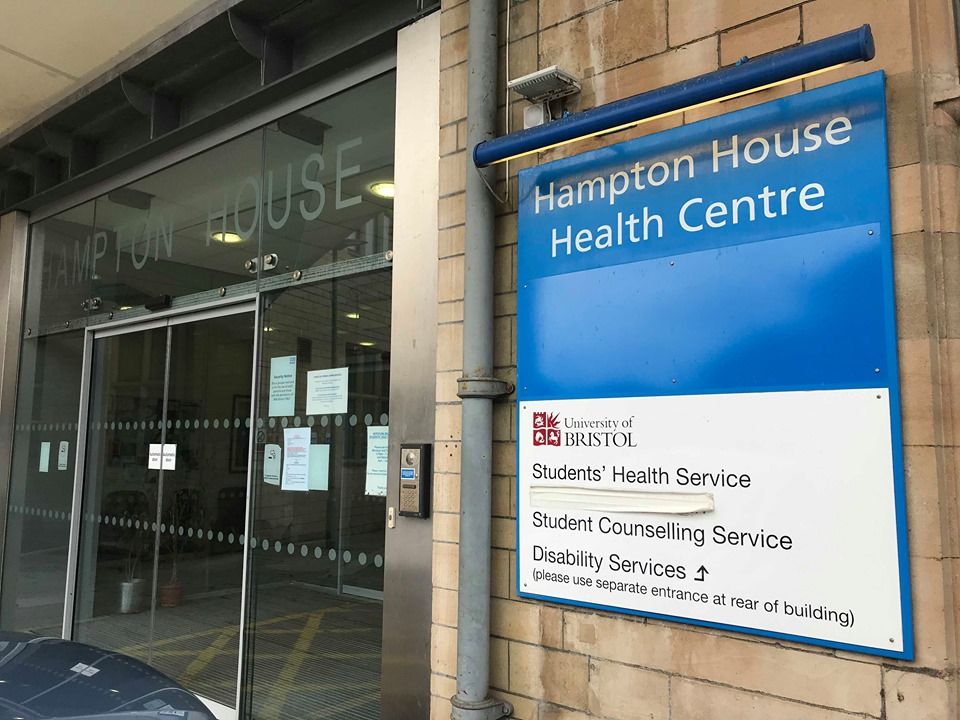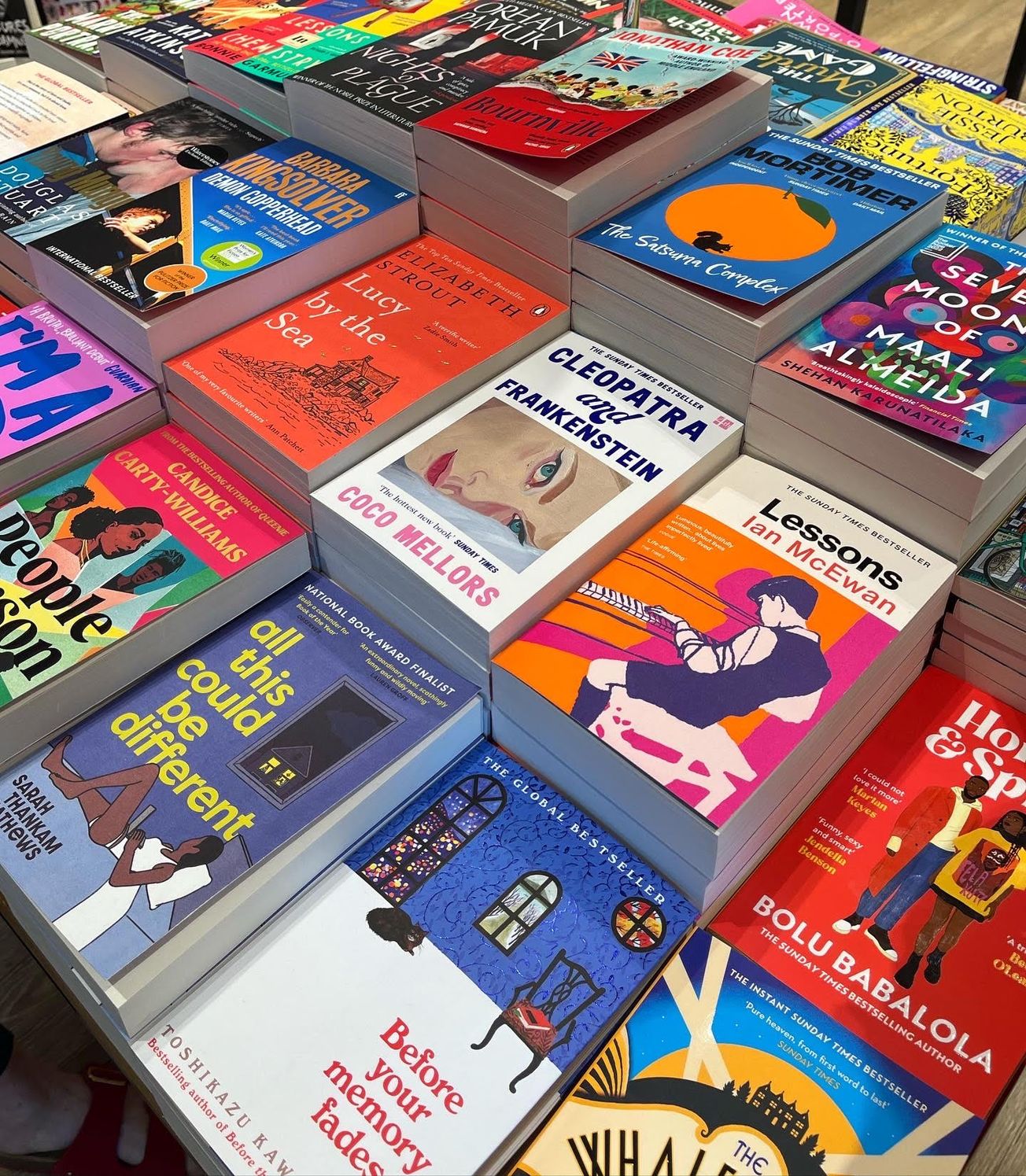By Zak Asgard-Stammers, Second Year English
The Croft Magazine // We often worry about our health and wellbeing but for some this can be overwhelming and have a real impact on daily life. Zak shares his personal experience of hypochondria and how the ease of access to medical information can increase anxiety.
When I think of Hypochondria, I’m reminded of the scene in Charlie Kaufman’s Synecdoche New York. Phillip Seymour Hoffman’s character sits, his leg shaking, asking the usual hypochondriac questions: ‘Am I dying … you can’t tell me that? You can’t tell me that because you don’t know or because you aren’t allowed?’ I hear you, Phillip Seymour Hoffman. The problem is only worsened by our access to medical information. WebMD, Mayo Clinic and the NHS all offer easy, brilliantly quick, anxiety-inducing rhetoric.
Actually, the NHS – for the most part – is fair. Fair in the way that a friend is fair, or a parent. The NHS doesn’t want to worry you, the NHS doesn’t want you turning up at their doorstep with an armpit thermometer and the shakes unless it’s ‘serious’. In fact, the NHS usually lists symptoms in the matter-of-fact way a GP would.

‘If you notice the lump growing, showing irregular border or changing in colour then notify your GP … most lumps are not a cause for concern’.
‘Thank you, NHS-online’.
The only caveat to the NHS is their online ‘community’ – a community of like-minded hypochondriacs. On the NHS forum page, you’ll find questions about lumps in arms, coughs that never cease to disrupt sleep and the colour of one man’s stool; this is the world of frantic 4am typing and regular trips to the mirror to check the colour of your tonsils.
No matter how reassuring the entry is, the hypochondriac finds the one they need, the one that details how person X ate pasty chicken and lost full sensation in their right-side for the remainder of their life.
I saw one article, dated 2010, that had the foreboding title ‘WARNING’. This was followed by a story about one man who pulled up a carpet and found himself twisted in excruciating angles a week later – they diagnosed it as tetanus. The entry finished with the line ‘see image below’ and below was an attached Charles Bell painting of a soldier dying from Tetanus (1808), writhing on the floor.
This isn’t melodramatic to the hypochondriac; the image of the dying soldier is the same image that flashes across our minds’ in fever dreams. Every night I call out the same questions: ‘where is that man now, that was ten years ago – why doesn’t he reply to my weekly questions … is he … is he … alive? Please reply.’ - Signed Zak, 20, Student. (Worried!).
It’s only natural, then, that I’m well acquainted with the Student Health Care service. The student healthcare service predominantly sees swollen lymph-nodes, sore throats and dodgy bowels. These are the A-Typical plights of students returning from their summer or Christmas breaks.
My first brush-in with the service was in first year. I’d never had tonsillitis before and so when my lymph nodes swelled to the size of double-fisherman knots, I was stunned. It was only when I staggered to my ‘wet room’ – the toilet that Unite House actually have you pay extra for -and spat up blood I called the doctor.
It’s more efficient to book a mortician than an appointment. The waiting list is a minimum of two weeks – it’s the ‘emergency’ morning appointments that most students aim for. These are at 8:30am, so the chance of convalescing in bed is long gone. The GP is actually placed on top of a hill which, you would think, is counter-intuitive for a building that is designed for sick people. If like me, you haven’t the will power to walk it then the only other option is to fester until a flatmate knocks on your door for a sign of life.
Why do all GPs have the same child-distracting play area? These bent pieces of iron, painted red, yellow and green, spotted with wooden balls, harbour more meningitis and TB than a quarantine zone.
But we avoid the doctor like a plague, even a hypochondriac. It’s the self-torture of self-diagnosing that we thrive off. I don’t want the GP telling me the bump in my leg is a vein – well, I do, but not like that. But they’re there, the GPs, and they’re kind. Kinder than 111 who, for indigestion, will have you missing a urine cup at 6am in Bristol Accident and Emergency centre.
Oh, how I long for the days when I didn’t have proper use of my opposable thumbs, the days when I couldn’t type ‘back itchy, measles?’ into my phone over dinner, a conversation and right before sleep. I’ll leave this neuroticism with the best advice I’ve received: ‘it’s probably nothing, and if it something, go to the GP … they’ll sort you out’.
Featured image: Epigram / Rosie Angel-Clark
Find The Croft Magazine inside every copy of Epigram newspaper









